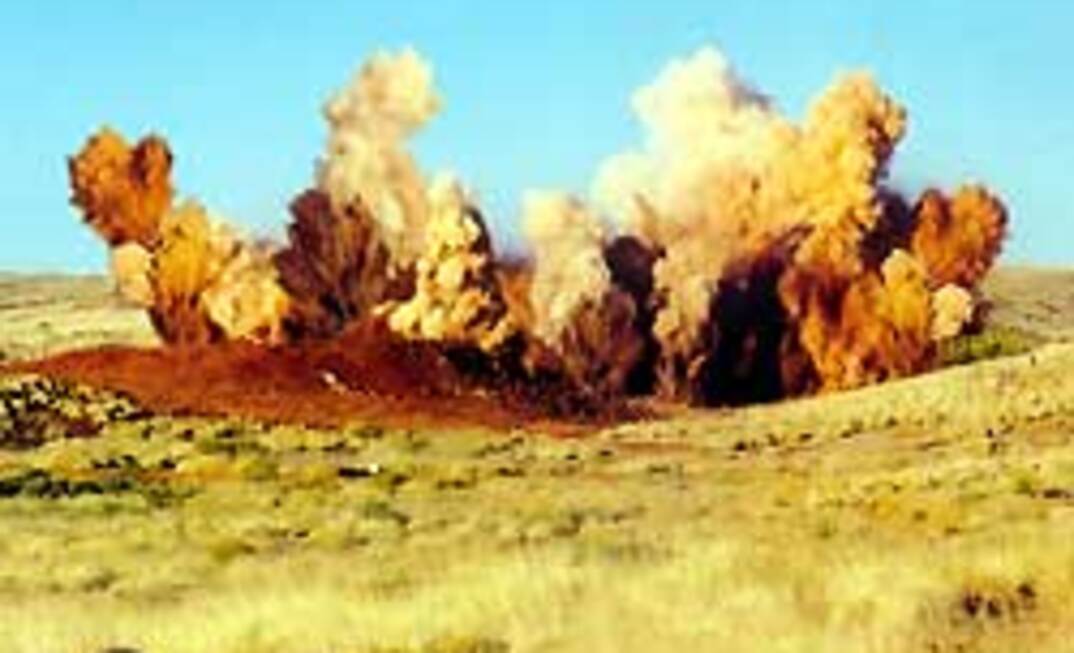Crinum, located in central Queensland, has just moved to its new Crinum East mine and over Christmas took delivery of a pump station from Inoxihp.
The Inoxihp longwall power pack includes three longwall hydraulic services incorporated in a single machine assembly; three pumps with HP emulsion (35 Mega Pascal x 1100 litres per minute); three pumps for shearer water (to 5mPa x 660lpm); and one pump with hi set/positive set (40mPa 75lpm). Six pumps feature dual drive units unique to Inoxihp.
The machine was designed by Inoxihp in two parts, which can be assembled into one unit with pump seven being demountable to allow navigation through Crinum East's roadways and cut throughs.
However, it was safety that was number one on both Crinum's order and Inoxihp's design of the pump station.
"We took note of the Department of Primary Industry's longwall pump station report last year and reviewed it ourselves. Mike Nesbitt at Crinum also added a number of significant features to improve safe operation," Inoxihp Australia's Tim Leeson said.
Using MDG41 and BMA's risk review procedures, Inoxihp were able to come up with a design that maximised operator safety, particularly in fluid sampling, isolation for routine and breakdown maintenance, and positive decompression of all systems for maintenance and retraction relocations.
Inoxihp's first target was to keep operators off the machine where possible, so much of the interfacing has been designed so it can be done from alongside (walkway side) of the machine.
"IE pump stop, motor cable removal, lubrication oil drain/fill, filter changes for pumps and systems, and fluid sampling can all be achieved without setting foot on the machine," Leeson said.
Next Inoxihp looked at the operations that must be completed on board the system and reviewed potential harm issues. Leeson said this drove the design team to remove all exposed high pressure interfaces.
"We achieved our target of zero exposure to HP hoses, pipes and any HP connections, such as pump to HP outlet, hose to HP isolating valves, HP safety valves and more."
Finally Inoxihp gathered all the potential energy sources together in one easily accessed position for mechanical isolation, fitted with points of positive locking and tagging and provided clear indication of current status and potential energy.
"At this point we fitted all system(s) indicator gauges, with 100mm dia faces, printed with correct system working pressure and decompression to zero highlighted," Leeson said.
This area also has a series of small lockable decompression valves, immediately below the relevant system gauge, allowing the operator to clearly see the system they are depressurising, and which systems are still energised.
At each system connection point inbye and outbye Inoxihp has also incorporated a "check" gauge so the operator has local indication to double check before connecting or disconnecting any service.
Leeson said he expected the safety features designed into the Crinum machine to become standard on all Inoxihp pump stations.

























